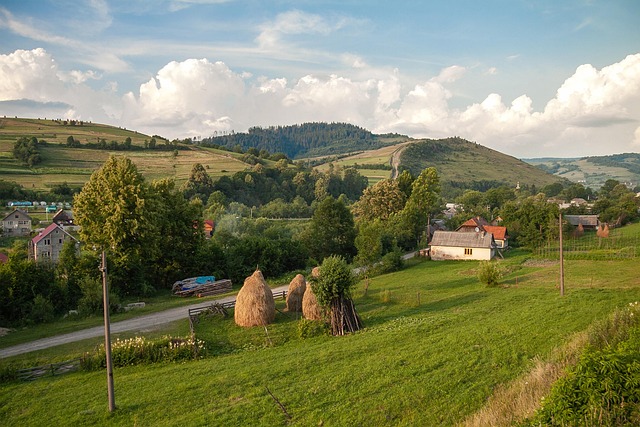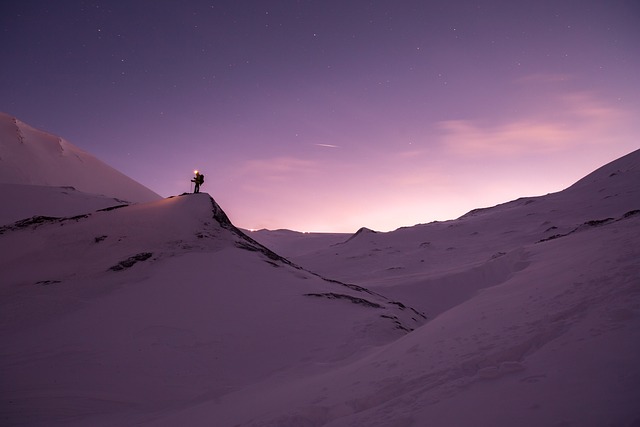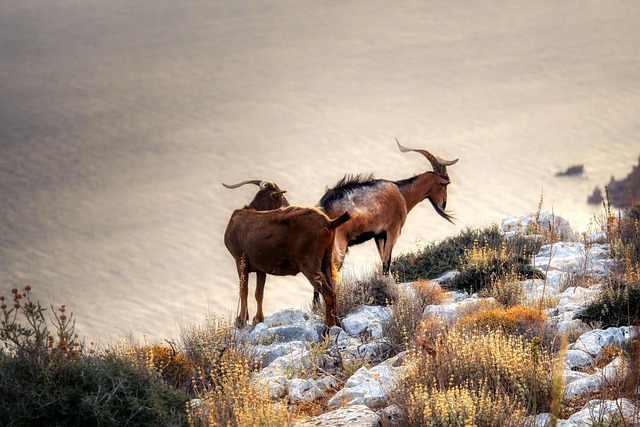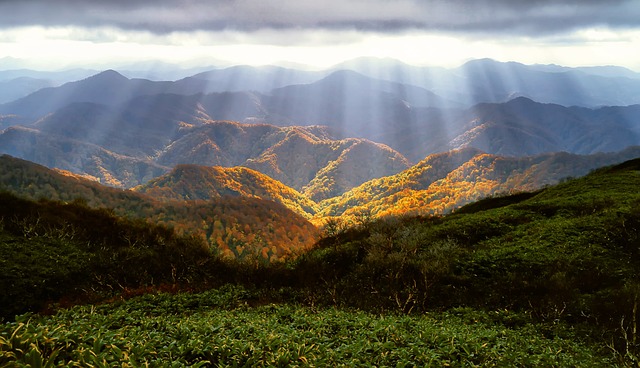The Oregon Dunes National Recreation Area is a photographer's paradise, boasting 40 miles of sand dunes, diverse ecosystems, and unique wildlife like rattlesnakes and bald eagles. With seasonal changes offering varied landscapes from wildflowers in spring to snow-covered dunes in winter, it attracts nature enthusiasts and photographers alike. Conservation efforts aim to protect this fragile ecosystem through controlling invasive species, responsible recreation, and sustainable tourism practices, ensuring its beauty endures for future generations of Oregon Dunes photography enthusiasts.
Oregon Dunes National Recreation Area is a stunning natural wonder, boasting a unique ecosystem that captivates visitors. This diverse landscape is home to an array of flora and fauna, making it a photographer’s paradise. From majestic sand dunes to vibrant wildlife, the park offers unforgettable experiences. Explore the best spots for Oregon Dunes photography, discover rare animal encounters, and learn about conservation efforts preserving this fragile beauty. Uncover why seasonal changes make each visit unique.
- The Unique Ecosystem of Oregon Dunes National Recreation Area
- Capturing the Beauty: Best Spots for Oregon Dunes Photography
- Wildlife Encounters: Animals and Birds to Spot in the Park
- Seasonal Changes: How to Experience the Dunes at Different Times of Year
- Conservation Efforts: Preserving the Flora and Fauna of Oregon Dunes
The Unique Ecosystem of Oregon Dunes National Recreation Area
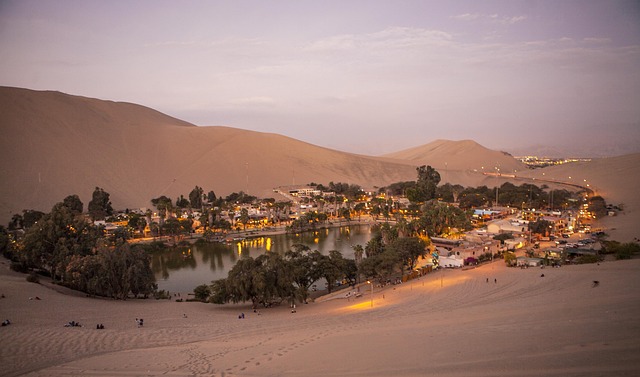
The Oregon Dunes National Recreation Area is a unique and dynamic ecosystem that boasts an incredible array of plant and animal life. This 40-mile long sand dune system, formed by centuries of wind and water, creates a stark contrast with the surrounding forest and coastline. The area supports a diverse range of flora and fauna, many of which are found nowhere else in the world.
Photographers and nature enthusiasts alike are drawn to this breathtaking landscape, as Oregon Dunes photography offers opportunities to capture dramatic scenes of towering dunes, rare plant species, and wildlife adapting to this challenging environment. From delicate wildflowers that cling to the sand to rugged animals like the western diamondback rattlesnake, every corner of the park presents a captivating natural story waiting to be told through the lens.
Capturing the Beauty: Best Spots for Oregon Dunes Photography

Capture the breathtaking landscapes and unique wildlife of Oregon Dunes National Recreation Area through stunning photography. The park offers a variety of scenic spots for photographers, from rolling sand dunes to tranquil lakeside settings. For dramatic sunset shots, head to Cape Arago, where the sun paints the sky with vibrant hues against the rugged coastline. The Cape Perpetua Scenic Area provides another picturesque location, featuring towering sea stacks and pristine beaches ideal for capturing coastal landscapes.
For those seeking to photograph diverse flora and fauna, the park’s diverse ecosystems offer ample opportunities. The dune fields are home to rare plants like the Oregon sandwort and various bird species, while the nearby forests provide backdrops for captivating images of deer, elk, and even black bears. Don’t miss the chance to explore the mysterious spider web patterns created by sand dunes at sunrise or sunset, offering a surreal aesthetic that will elevate your Oregon Dunes photography portfolio.
Wildlife Encounters: Animals and Birds to Spot in the Park

Oregon Dunes National Recreation Area is a haven for nature enthusiasts and wildlife watchers, offering incredible opportunities to spot diverse flora and fauna. The park’s unique ecosystem supports an array of animal species, making it a photographer’s paradise for those capturing the beauty of Oregon’s natural wonders.
Visitors can expect to encounter various birds, such as the majestic bald eagle, known for its impressive size and aerial maneuvers. The dunes also serve as a rest stop for migratory birds, providing a chance to observe colorful species like sandhill cranes and various species of ducks and geese. Among the larger mammals, elk and deer are common sights, often seen grazing on the lush vegetation that dots the dunes. Keep an eye out for coyotes and foxes, who call these sands their home, and if you’re lucky, you might even spot a black bear venturing close to the beach. Oregon Dunes photography enthusiasts will find themselves immersed in a vibrant wildlife experience, capturing moments of these remarkable creatures in their natural habitat.
Seasonal Changes: How to Experience the Dunes at Different Times of Year
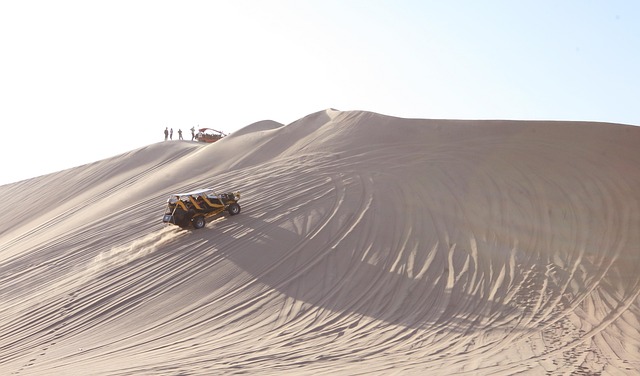
The Oregon Dunes National Recreation Area is a dynamic landscape that reveals different facets throughout the year, offering unique experiences for visitors. In spring, the dunes come alive with wildflowers—a photographer’s paradise as vibrant colors contrast against the sand. This is an ideal time to capture the park’s beauty with its blossoming flora. As summer approaches, the environment transforms again; the heat attracts a diverse array of insects and birds, providing opportunities for nature enthusiasts and photographers alike to document the dune ecosystem at its most bustling.
Autumn brings a dramatic change with cooler temperatures, transforming the dunes into a painter’s canvas as the foliage surrounding the park displays a kaleidoscope of colors. Winter, while quieter, offers a different kind of allure with snow-covered dunes, creating enchanting scenes for those seeking serene and picturesque landscapes. Each season presents a distinct opportunity to witness the Oregon Dunes’ versatility, making it an appealing destination for outdoor enthusiasts and photographers throughout the year.
Conservation Efforts: Preserving the Flora and Fauna of Oregon Dunes
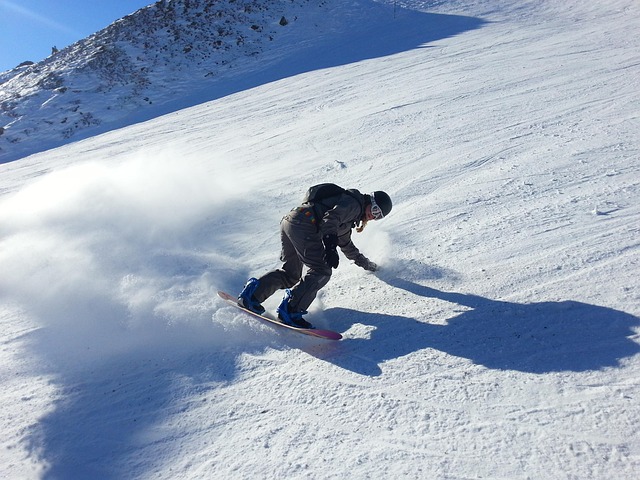
The Oregon Dunes National Recreation Area is a haven for diverse flora and fauna, but this delicate ecosystem faces threats from both natural forces and human activities. Conservation efforts are crucial to preserving this unique landscape, ensuring that future generations can enjoy its beauty. Organizations and local communities have joined forces to protect and restore the dunes’ natural balance.
One of the key initiatives is controlling invasive plant species that can outcompete native plants. Educational programs raise awareness among visitors about responsible recreation, minimizing their impact on the environment. Additionally, sustainable tourism practices promote Oregon Dunes photography while preserving the park’s ecological integrity. These collaborative conservation measures are vital to safeguard the park’s biodiversity and maintain the breathtaking scenery that attracts both locals and visitors alike.
